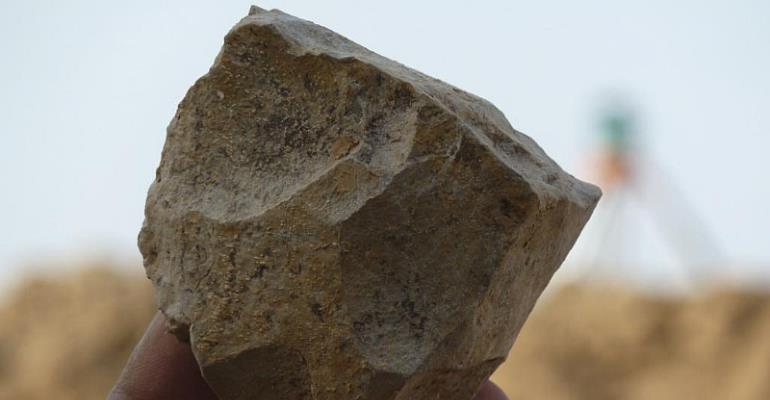
Archaeologists have discovered stone tools and cut animal bones, signs of human handiwork, in Algeria that may be up to 2.4 million years old, showing signs of human civilisation much earlier in the region than previously thought. Research has until now pointed to the East Africa Rift as the region where early hominids first used stone tools. The earliest examples date back to 2.6 million years ago.
Researchers from institutions in Algeria, Spain, France and Australia, found and dated artefacts found at Ain Lahnech, in Setif, eastern Algeria, and their report, published Thursday in the journal Science , shows they closely resemble so-called 'Oldowan' tools, which have only been found in East Africa, until now.
The tools were found near dozens of cut animal bones that appear to have been butchered.
Until now, the oldest known tools from northern Africa were 1.8 million years old, and were found at a nearby site.
No human remains were found, which means scientists cannot know what species of hominids were there and used the tools.
One hypothesis is that the tools from East Africa were carried out to other regions of the continent.
Another theory is that early hominids made and used the tools in both East and North Africa, the so-called "multiple origin scenario”.
(with AFP)

















Facebook
Twitter
Pinterest
Instagram
Google+
YouTube
LinkedIn
RSS